Out of all the Nike Inside Access posts, this is my favorite one.
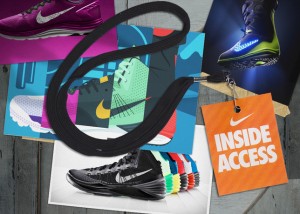 Almost a decade ago Nike designers Kevin Hoffer and Eric Avar put their heads together to confront a challenge. Marathon runners typically take around 40,000 steps from start to finish – they needed a shoe to withstand the relentless impact and to put a spring in their stride. Meanwhile, elite basketball players needed a shoe to cushion their high-impact jumping and provide quick push-off for explosive changes of direction.
Almost a decade ago Nike designers Kevin Hoffer and Eric Avar put their heads together to confront a challenge. Marathon runners typically take around 40,000 steps from start to finish – they needed a shoe to withstand the relentless impact and to put a spring in their stride. Meanwhile, elite basketball players needed a shoe to cushion their high-impact jumping and provide quick push-off for explosive changes of direction.
Hoffer and Avar had a mission: to create a cushioning technology that would give distance runners and basketball players alike soft cushioning and bouncy responsiveness.
“We knew if we could blend the best of both attributes, we would create a very unique, ultra-lightweight, responsive cushioning experience that did not exist,” says Hoffer. “We thought we could literally enlighten people and invent a whole new system.”
AN UNEXPECTED PLACE
Hoffer and Avar began the search for the right material, an ultra-lightweight foam that was both pillowy-soft and rubber-ball bouncy. They drew inspiration from images of astronauts walking on the moon. The astronauts’ weightless, soft and springy movements were exactly what the designers were trying to provide for athletes.
The pair assembled a team of chemical engineers, designers and technicians to help. They realized the task facing them would be challenging, riddled with trial and error, and might require them to look in some unexpected places – including materials previously ruled out.
After failing with countless materials, there came a breakthrough. Found way in the back of the Nike Advanced Material Interest Group’s closet, the team unearthed a space-age foam. In science terms, it was the fusion of lightweight Ethylene Vinyl Acetate (EVA) with the bouncy ball-like spring of Nitrile Rubber (NBR).
At that moment, “we knew we had something special,” says Hoffer. Here was the perfect mix of foam and air. They called it Lunarlon.
“AS STICKY AS MELTED MARSHMALLOWS”
At this stage though, Lunarlon was nowhere near race or game day ready. “It was very hard to work with,” says Hoffer. “It was as sticky as melted marshmallows.” The foam offered the pillow-soft landing but still needed work to deliver the coveted springy response.
The expert team experimented with many techniques to transform the sticky substance into something functional, which proved to be easier said than done. At one point, the freezers of the Nike Innovation Kitchen were filled with Lunarlon molds that looked like hundreds of “ice cream bars.”
The team’s experiments helped it take another leap forward in 2005, when it created a prototype of a Lunarlon-cushioned running shoe sole. The team squeezed a soft-but-stable Lunarlon center into a firmer and supportive Phylon foam shell.
Then they presented the prototype to colleagues.
“We had an immediate ‘wow!’ reaction,” says Hoffer. “It was a real breakthrough to have such great cushioning – a running-on-pillows feel – in such a lightweight shoe.”
EXPANDING HORIZONS
Lunarlon technology debuted in two new shoes in time for the summer of 2008 in Beijing, the Nike Lunaracer for the marathon and Nike Hyperdunk for basketball. Hoffer, Avar and their team had struck gold. Athletes of all levels loved the way Lunarlon minimized impact while providing both spring and support.
Back at Nike World Headquarters, designers’ interests were piqued. They began exploring how the wonder technology could benefit athletes in other sports by adapting it for sport-specific needs. Training, skateboarding, golf and snowboarding athletes alike wanted to see the foam’s performance capabilities in their shoes, too.
Adapting the foam led to innovative shoes like the Nike SB Eric Koston 1 skateboarding shoe, featuring a drop-in Lunarlon sockliner/midsole combo that helped soften the impact from performing tricks without dampening board feel.
Men’s and women’s training shoes also benefited from Lunarlon, which provided responsive and lightweight cushioning versatile enough to handle a variety of movements, from sprints to squats.
Lunarlon presented new opportunities to design shoes for all types of runners. In 2008 the Nike LunarGlide debuted with Dynamic Support, a two-part midsole system developed to provide stability and cushioning. Lunarlon was the perfect soft density foam to cushion runners’ heel impact, while a firmer density foam wedge helped stabilize pronation as the foot flexed down.
Hoffer and Avar’s team created more than just a new tool in the design toolbox – they transformed perception. The old rule that a lot of cushioning always required a lot of shoe was overturned.
THE BEST OF BOTH WORLDS
Hoffer and Avar’s team accomplished their mission. With Lunarlon, runners, basketball players and athletes from a variety of sports can choose to have both soft cushioning and bouncy responsiveness.
In August 2013, Kenyan distance runner Edna Kiplagat crossed the finish line in Moscow, Russia, to win her second world championship in the marathon. On her feet were custom-designed Nike shoes with Lunarlon foam. From everyday workouts to the most pinnacle sport moments, athletes around the world have a little more spring in their step with Nike Lunarlon.
SHOES FEATURED IN THE ILLUSTRATION (FROM TOE TO HEEL):
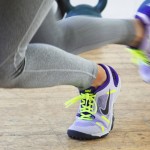 LunarElement (women’s High Intensity Training): Nike Lunarlon technology provides extra cushioning while keeping the shoe lightweight and responsive for the wide variety of moments required of High Intensity Training. Read more.
LunarElement (women’s High Intensity Training): Nike Lunarlon technology provides extra cushioning while keeping the shoe lightweight and responsive for the wide variety of moments required of High Intensity Training. Read more.
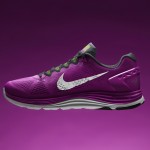 Nike LunarGlide 5 (running): The Nike Lunarlon system features a soft, light yet resilient foam core within a supportive foam carrier for plush cushioning, springy response and needed support.
Nike LunarGlide 5 (running): The Nike Lunarlon system features a soft, light yet resilient foam core within a supportive foam carrier for plush cushioning, springy response and needed support.
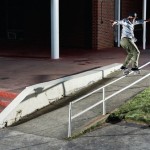 Nike SB Eric Koston 1 (skateboarding): The combo Lunarlon sockliner/midsole makes for a skate shoe that is lightweight with a soft yet responsive full-foot cushion, protecting feet from impact but not dampening board feel. Read more.
Nike SB Eric Koston 1 (skateboarding): The combo Lunarlon sockliner/midsole makes for a skate shoe that is lightweight with a soft yet responsive full-foot cushion, protecting feet from impact but not dampening board feel. Read more.
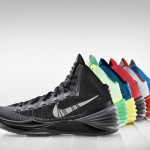 Hyperdunk 2013 (basketball): From the sole to the upper, the Nike Hyperdunk 2013 builds on its minimalist aesthetic with three of basketball’s most transformative technologies: Dynamic Flywire, Hyperfuse construction and Lunarlon cushioning. Read more.
Hyperdunk 2013 (basketball): From the sole to the upper, the Nike Hyperdunk 2013 builds on its minimalist aesthetic with three of basketball’s most transformative technologies: Dynamic Flywire, Hyperfuse construction and Lunarlon cushioning. Read more.
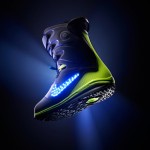 Nike LunarENDOR (snowboarding): One of the most technologically advanced snowboard boots available, Nike Lunarlon foam provides a softer, more responsive ride and is designed to absorb impact during landings. Read more.
Nike LunarENDOR (snowboarding): One of the most technologically advanced snowboard boots available, Nike Lunarlon foam provides a softer, more responsive ride and is designed to absorb impact during landings. Read more.

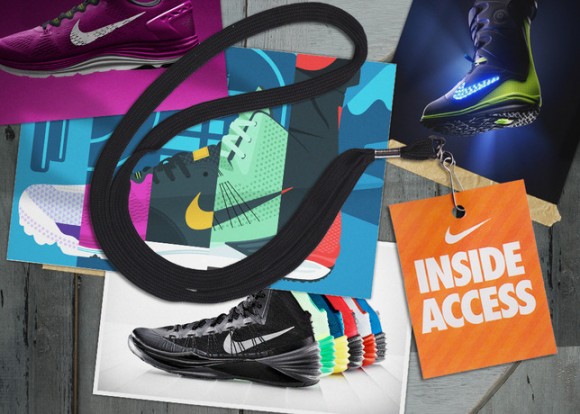
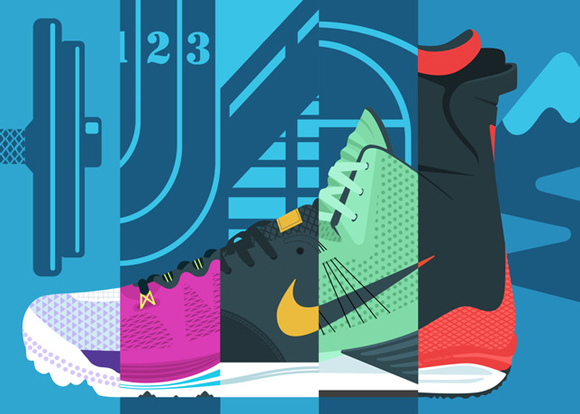
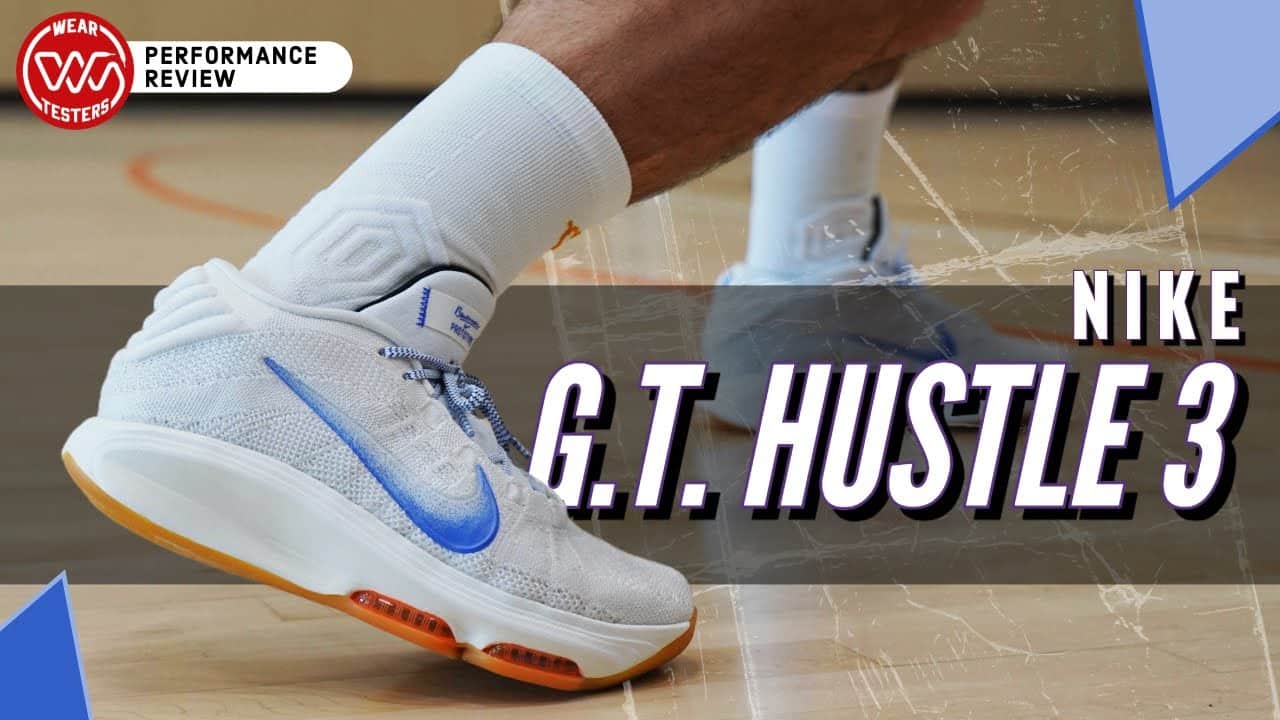
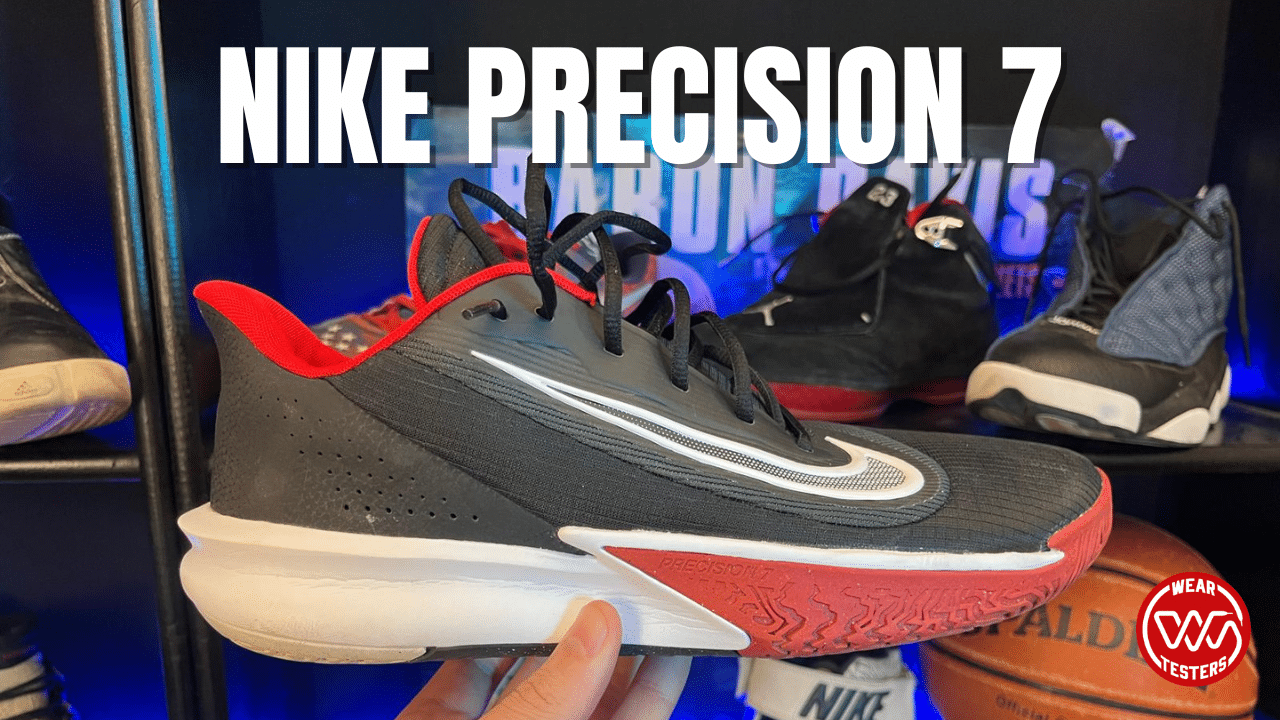
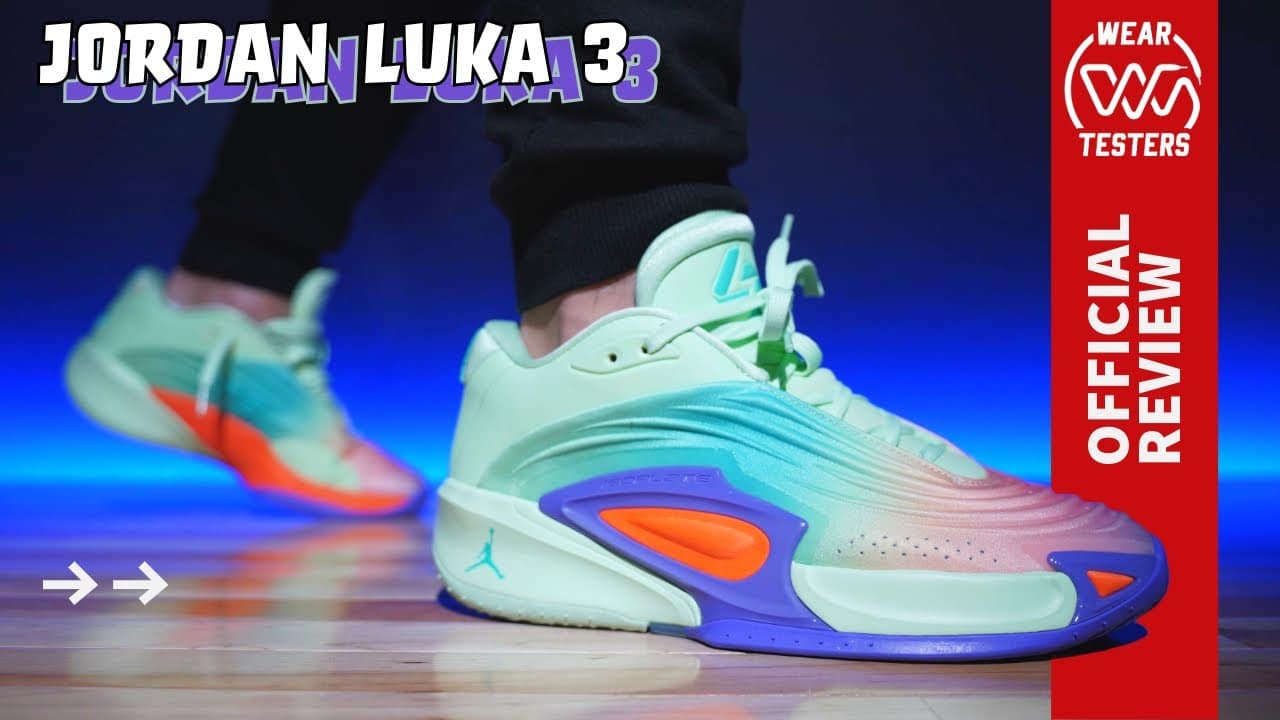
i have a question for night wing or anyone else. Will there be any more xx8 se’s releasing. If, not where is a good place to buy them, or the original xx8 without having to pay way too much.
There will be. It’s supposed to be the more available one.
Great post!
The purposely omitted the fact it was called lunar foam and it bottomed out too fast when it first released. They had to rework it to create lunarlon. I have the hyperdunks to prove it.
hahah yea i was just about to point that out too. My kobe 4s bottomed out in like a month sighhh
Hi nightwing .. Can I ask how can I start with making performance reviews ??. I want to feature only-asia shoes because no performance reviews of them are on the internet .. Tnx for inspiring me ,,
Just go buy the product and test them then review. Simple as that. Just have to get started, only thing holding you back is you.
“Hoffer and Avar had a mission: to create a cushioning technology that would give distance runners and basketball players alike soft cushioning and bouncy responsiveness.” Wasn’t this achievable before with Zoom Air in its various implementations? Still not convinced the idea originated from something other than a marketing gimmick.
Foam is cheaper to reproduce than tensile air aka Zoom. It also has greater performance benefits than targeted cushion such as Air. As a company, yes, they will market the product. Apple does it, Microsoft, Sony etc. Does that mean what the products they are putting out are any less technologically advanced based solely off of the fact that they are using the new product as a gimmick so they can sell you more merchandise? No. This is how the world works now. A company will make something, they will market that something to consumers as the next best thing in hopes that consumers will buy whatever it is they are selling. As long as what is sold actually does what they say it will then its technically not a gimmick even though that is how its presented. I think advancements should be met with admiration instead of accusations. If you dont want to buy the product then that is fine but that does not mean the product is deceitful or harms others. Its just a product at the end of the day… no matter what company is making it.
Well said. I just thought the way this was presented was misleading as it made it sound like Nike was filling a need that hadn’t already been met with Zoom Air. As a cheaper-to-manufacture, arguably better-performing cushioning material (for some), Lunarlon certainly does its job.
I agree. Nike is a master at marketing. At least they are in my opinion lol.
Did this come out before Micro G? Nike make it sound like this was the first really great performance foam ever made. Was it?